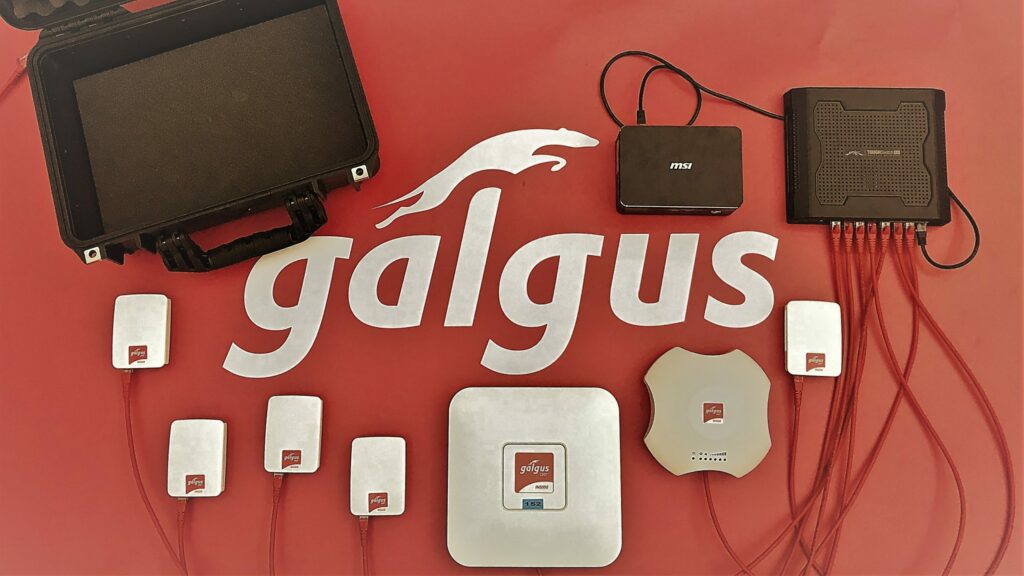Software-Defined WiFi is a novel wireless networking paradigm on which advanced WiFi features are built on top of commodity off-the-shelf WiFi hardware. This approach has several advantages over traditional captive, vendor lock-in WiFi hardware manufacturer business model.

1.– It disaggregates software from hardware, allowing network owners and administrators to select the hardware that best suits its needs and budget (CAPEX reduction), and then releasing its potential with software.
2.- It allows the deployment of new features at the speed of software, usually done remotely to all the sites, reducing OPEX dramatically. Just like installing a new app on your smartphone.
3.- It pursues the optimization of the WiFi network with the available radio resources, as well as the construction of new features like location, positioning and tracking, heatmap generation, detection and prevention of hacker attacks, and much more.
4.- It is applicable to vertical markets such as the aircraft or rail industry, enterprise, hospitality, convention centers, IoT, co. The same software running in different hardware.
5.- It should work even without an Internet connection and be respectful with user data protection rights. So Cloud-based features should remain only for remote management, and anonymous/aggregated data gathering/analytics. Optimization algorithms and personal information should remain on the APs/routers itself, following an edge-computing philosophy. This approach also avoids bottlenecks and delays in communication.
Definitely, the world of WiFi is going to be softwarized as it happened in other markets like smartphones (in the ‘2010s) or personal computers (in the ’90s). The main beneficiaries will be network owners, ISPs and system administrators, as well as WiFi hardware manufacturers that will improve the features and lifetime of their existing and future products.








